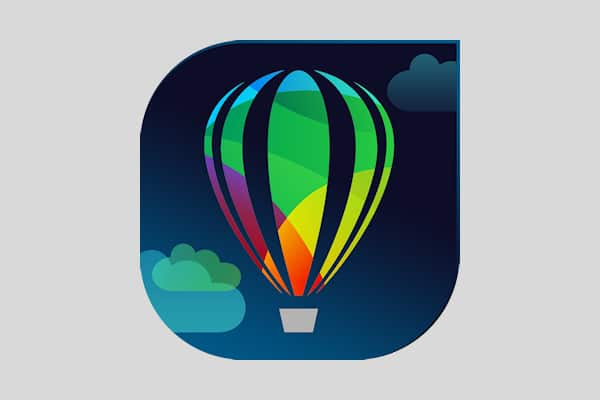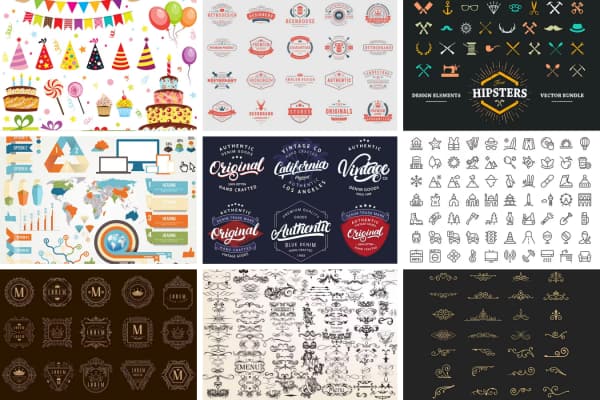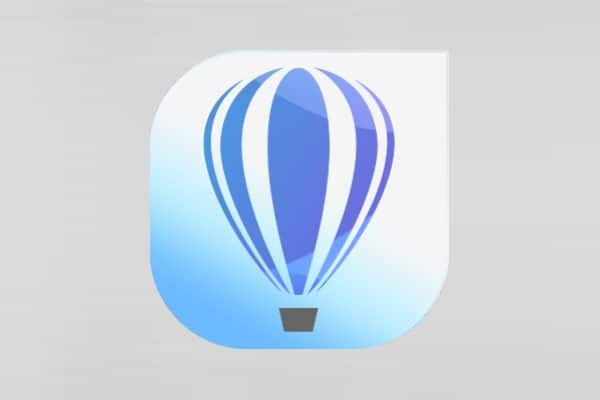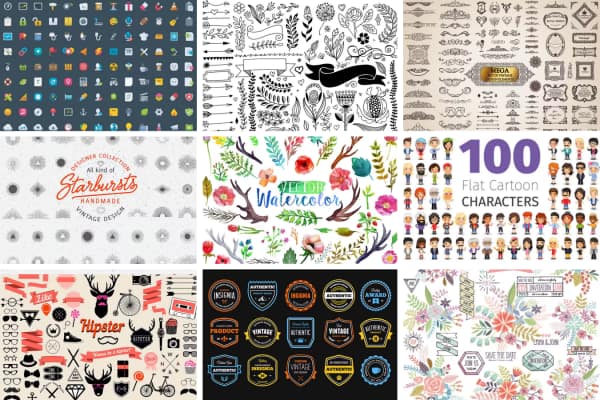In this tutorial, you will learn how to create a QR code with a logo embedded inside it with CorelDRAW Graphics Suite X7. You will also learn how to add a URL, apply a fill to the pixels and markers, add a background, increase margins, insert a logo, and more. The tutorial concludes by showing you how to save a QR code as a style, as well as how to validate QR codes created with CorelDRAW or with other applications.
Thanks for watching! We hope you found this tutorial helpful and we would love to hear your feedback in the Comments section at the bottom of the page.
Start your FREE 15-day trial and embark on a design journey with powerful tools for vector illustration, layout, photo editing, typography, and collaboration.
What’s New in CorelDRAW Graphics Suite
 CorelDRAW Graphics Suite
CorelDRAW Graphics Suite
 Ultimate Vector Bundle Vol. 1
Ultimate Vector Bundle Vol. 1
 CorelDRAW Standard 2021
CorelDRAW Standard 2021
 Ultimate Vector Bundle Vol. 2
Ultimate Vector Bundle Vol. 2
 Corel Vector
Corel Vector
In this tutorial we will be creating a QR code in CorelDRAW and embedding a logo into it. QR codes contain information that can be read by QR code readers and smartphones and other mobile devices popular in consumer packaging and advertising. It can give smartphone users quick access to a brand’s website which can offer additional product information.
A CorelDRAW membership account is needed to create and edit QR codes. And to access the QR code features you will need to be signed into your coreldraw.com account.
Let’s begin by inserting a QR code into documents. To insert a QR code click on object>insert QR code. You’ll notice the object property is darker and the property bar get populated with the controls available for the QR code. In the object properties docker you can choose from a list of options from the QR code type list box. For the purpose of this QR code we’ll go with URL.
You’ll notice the URL box is highlighted in orange. This means that the input URL may not be valid let’s type in www.coreldraw.com. When you press enter the highlight goes away, indicating that it is a valid URL. Once you’ve put the information in for the QR code you can use the controls below to customize the code.
As a note the smallest squares populating the code are called pixels and the largest squares in the corners as well the one or more smaller square with a border inside are called markers.
Let’s look at applying a fill to the QR code pixels. For the pixel fill type you can choose from all the fill types that are available CorelDRAW. Let’s start with a uniform fill. For the pixel fill color it’s generally better to use a color that contrasts well with the background to ensure that the QR code can be read properly. If you want to customize the fill, click on the fill settings button.
Next we’ll apply fill to the background. The background fill tab also offers all of the fill tabs available in CorelDRAW. Let’s use a uniform fill again. Again, for the background fill color it’s better to use a color that contrasts well with the pixels in the foreground. To specify a pixel outline width simply select a width from the width box, or type in a value. You can choose a color from the pixel outline picker.
Let’s increase the margins of the QR code. To do so simply type a value in the margin box or click and drag the spin handle to change the value. As we choose a different shape you’ll notice that the markers remain unchanged. This is to maintain the readability of the QR code.
Once you’ve chosen a shape you can change the pixel fill factor. Let’s lower the percentage of fill. You’ll notice that the pixels have become smaller in the QR code. In the advanced accordion there’s an option to weld pixels. This merges the pixels into a single body. Note that when you weld the pixels you can no longer change the shape or the fill factor of the pixels. You won’t notice that the pixels have been welded straight away but once you change the pixel corner roundness you will see the difference. You’ll notice that the pixels have become more round and organic looking. Let’s compare this with when the pixels are not welded. Notice the difference it makes to the appearance. Once you have changed all the settings you can create and object staff in the QR code, which lets you save the appearance for quick and easy reuse. Simply click on the style indicator inside the QR code header and click on “new style from”.
The next thing we will do to create a QR code is add visual effects. Adding visual effects to a QR code can give it an artistic look but may be considered errors by QR code readers. You can use the error correction settings to minimize the possibility of errors when scanning the QR code. Higher correction levels duplicates a higher percentage of the information, increasing the chance that it will be read.
After inserting and formatting the QR code you can validate it to make sure that it can be read by QR code readers. To do so simply click on the validate button in the object properties docker. Once it has been validated you’ll see a pop up message containing the QR code information.
Here we have customized the appearance of the QR code to match the CorelDRAW branding and now we will add a logo to the QR code. Click file>import and choose the file you want to insert, in this case the CorelDRAW balloon logo. Replace the logo right in the center of the QR code.
Now it needs to validate the QR code to make sure that it can be read. Select the QR code and click on validate in the object properties docker. You see the pop up says that the validation has failed and the QR code could not be recognized. This is most likely because the logo is covering too many of the pixels in QR code and which prevents the data from being read. Let’s reduce the size of the logo so that it’s not covering as many of the pixels.
Now let’s click on validate again. This time the pop up shows that the QR code has been validated with the QR code information.
There is another method for validating QR codes that can be used to validate a non-QR code objects or QR codes that were not created on CorelDRAW. Here’s a QR code that’s been converted to a bitmap, which means it cannot be validated with the object properties docker. Now let’s go to object>validate barcode. Drag the marquee around the bit map to validate. The QR code we created has been validated. If you click on view details you’ll be able to copy the content to your clipboard.
We hope that this tutorial how to create a QR code gave good insight into creating unique, artistic and scalable QR codes in CorelDRAW.
Start your FREE 15-day trial and embark on a design journey with powerful tools for vector illustration, layout, photo editing, typography, and collaboration.

